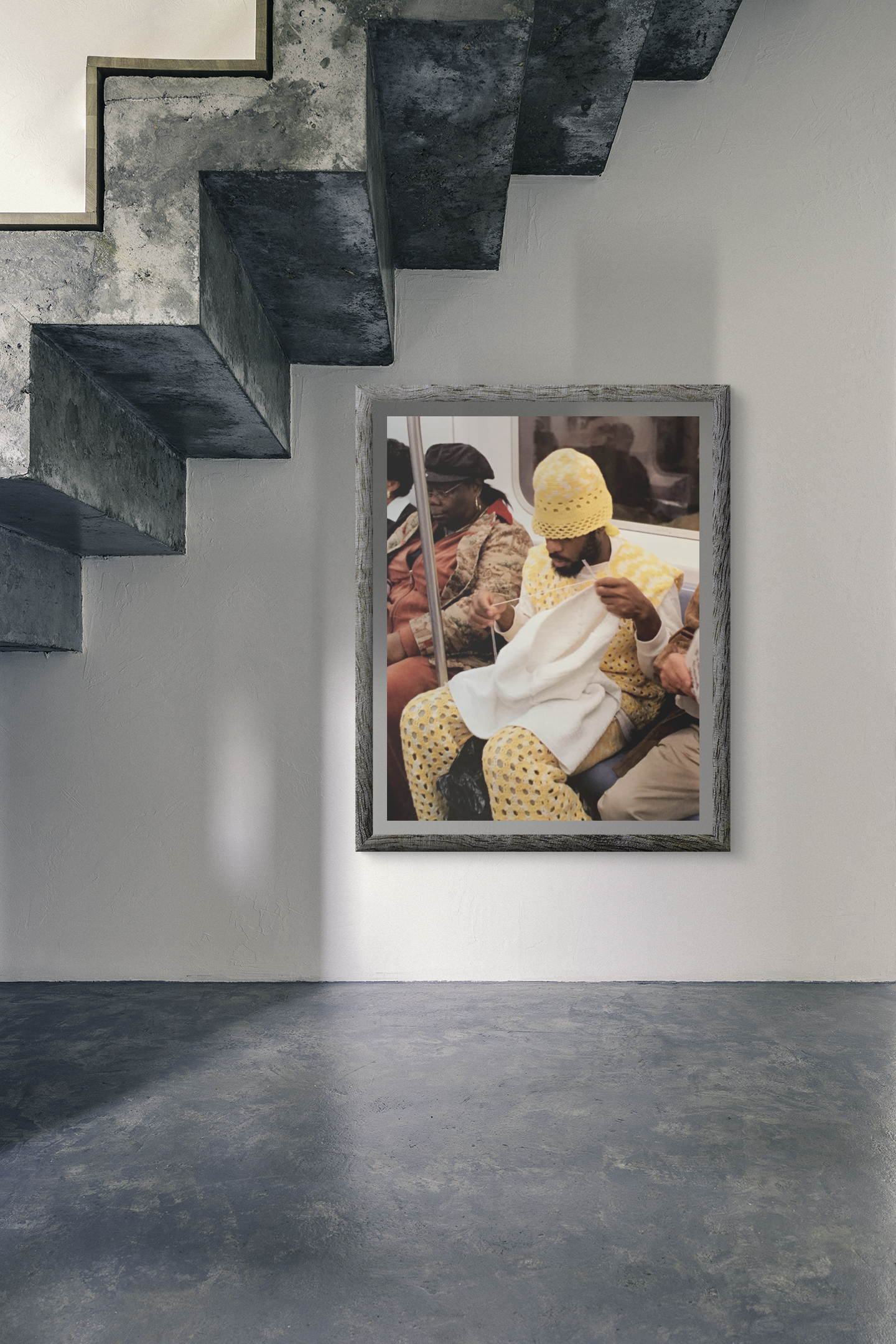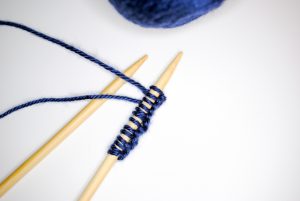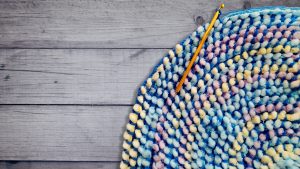I don’t know about you, but one of the ways I survived lockdown was by being creative. WhiLst I work in fashion as CEO of Red Carpet Green Dress, instead of customising and knitting, I wrote. Poems, thoughts, articles, ideas. Creativity became a form of escapism from what was arguably one of the most traumatic years, for many people not just myself, in recent history. And I wasn’t alone in this way of spending time. 2020 saw a rise in DIY attitudes. Born in the first lockdown and solidified in the second. This should not be surprising given the amount of time spent in the home, painting, home improvements, growing herb gardens on balconies, learning how to make complex dishes, or trying out a new language. In fact in 2020 many of us became prosumers. A series of consumer surveys by The Farnsworth Group and the Home Improvement Research Institute (HIRI) indicate that, early in the pandemic, fully 60 percent of homeowners reported that they recently started a DIY home maintenance, replacement, repair, or remodeling project, and the share grew to almost 80 percent by early June 2020.
The concept of a prosumer is not a new one. It refers to an individual who both consumes and produces, and 2020 was their time to rise. It was conceptualised in 1980 by American writer and digital revolution advocate Alvin Toffler. The reasons we become prosumers are multifaceted; the search for respite, a productive way to spend time, a need to be efficient, a desire to make instead of buy, options due to changing financial circumstances. The reason does not even have to be rooted in sustainability. People pivot to survive – mentally, physically or financially.
There are various types of prosumers, and recently I began to think about how a few of them might exist in the fashion space, and how they might apply to you. The main reason is because I want anyone reading this to start seeing themselves in the conversation too. It turns out that there are ways to map the things that you and I have already been doing, with or without even considering sustainability at all, things which make us a prosumer. I wanted to create this list because I think it is really important for people to see their ability to produce what they consume, and take pleasure in it. We are not just recipients of finished products. We are capable of creating, modifying and being more self-sufficient. We are more than capable of repairing, altering and elevating the things we use. Seeing people move away from reliance on consumerism to exploring their own production abilities excites me. I am all for encouraging skill creation, and valuing that creativity appropriately. So here are some of the interesting prosumers out there…
DIY prosumers are engaged in the activity of decorating, building, and making repairs rather than employing a professional for a product or service. In fashion that could extend to your home knitter churning out a chunky beanie hat or your home tie-dye experiment in the bathroom sink. It could include buying fabric dye capsules to refresh an old pair of jeans, or repurposing vintage boots. I talk about knitting and sewing a fair bit because I truly believe that hand crafts and tactile skills which involve interaction with materials make it so much easier to understand that everything comes from somewhere. Once you have made something, you understand and value what it takes for someone else to. And there is such an opportunity to make this a bigger part of the conversation. For example, knitting is a much loved old school handicraft, dating back to the first millennium AD, and back in 2020 there was an increase of 50% in people searching ‘How to Knit’ during the first phase of lockdown in the UK.
Self-service prosumers use self-fabrication capabilities to produce items, this can range from seamstresses to designers using 3D printing in the fashion industry. For the latter, aside from being a high-tech application for garment design and fairly sustainable, users input the specific measurements to create the different pieces of the garment through a method producing a minuscule amount of surplus yarn. Self-fabrication importantly puts production power into the hands of the person producing. Whilst it requires a level of technical know-how, who doesn’t love a challenge? Something that could be as simple as picking up a needle and thread or knitting needle. Last year so many more people in my life became interested in acquiring these kind of skillsets to design products for their own needs.
Customizing prosumers are my kind of people. We are sewing new buttons on old coats, and changing dresses to skirts, and coats to jackets, taking apart garments we can no longer wear. Sometimes we aren’t ready to part with garments at all, instead, instead turning them into headwraps or using them as dusters for activities around the home.
Your collaborative prosumers thrive on platforms driven by citizen generated content. Platforms built for collaboration and co-creation, to satisfy the needs and passions of those seeking the content. A popular recent example is Patreon, a membership platform which give content creators and artists’ publishing tools to share their work and earn a monthly income. Many of the most forward thinking sustainable fashion experts of our time are on there including Aja Barber, . It currently has over 3 million monthly active patrons. And I am here for it.
I also couldn’t help but think about collaborative community design projects, ones exemplified in films like ‘How To Make An American Quilt’ and the other ‘The Sisterhood Of Travelling Pants’. One tells the stories of multiple generations of women who are part of the same quilting circle and the other which shares a continuing story of four young women who acquire a pair of jeans that fit all four of them perfectly, despite their different bodies shapes and size. During this third lockdown, I wondered about rebuilding communities to share garments. In American Quilt in particular, I loved the idea of a weekly quilting circle – in the film the lead women used the stories of their lives to form part of the quilt that they all worked on together. The end quilt was the definition of a pre-loved item.
Ultimately, I wrote this post because I am here for a paradigm shift. I am here for home-made hacks like socially driven communities pooling together to create and encourage others to do the same, or even a student in their halls or residence picking up a knitting kit. What about you?



